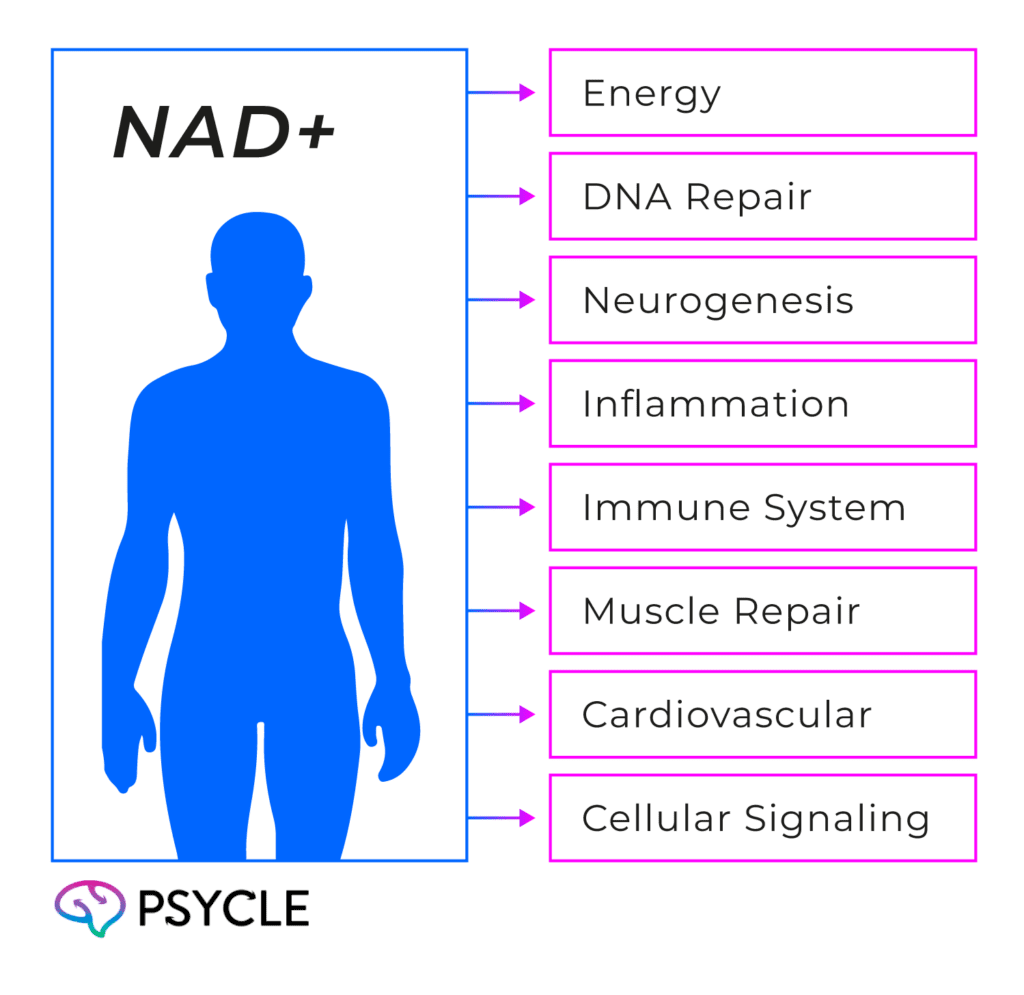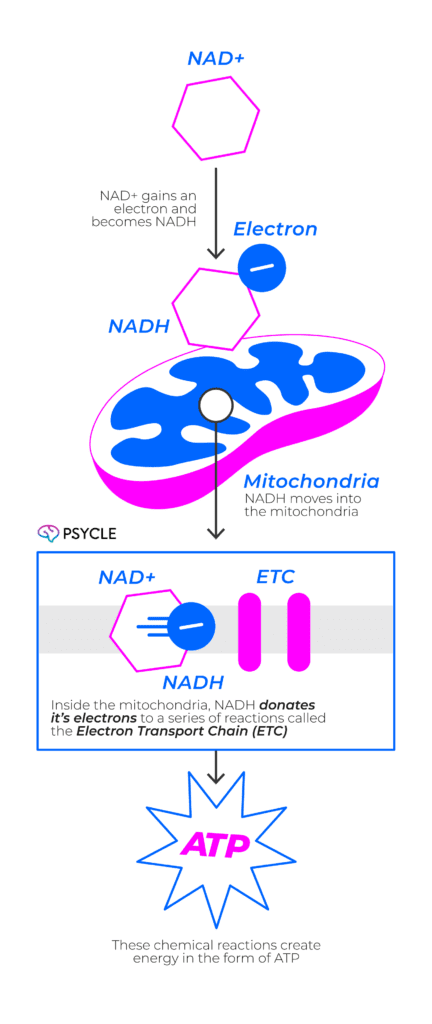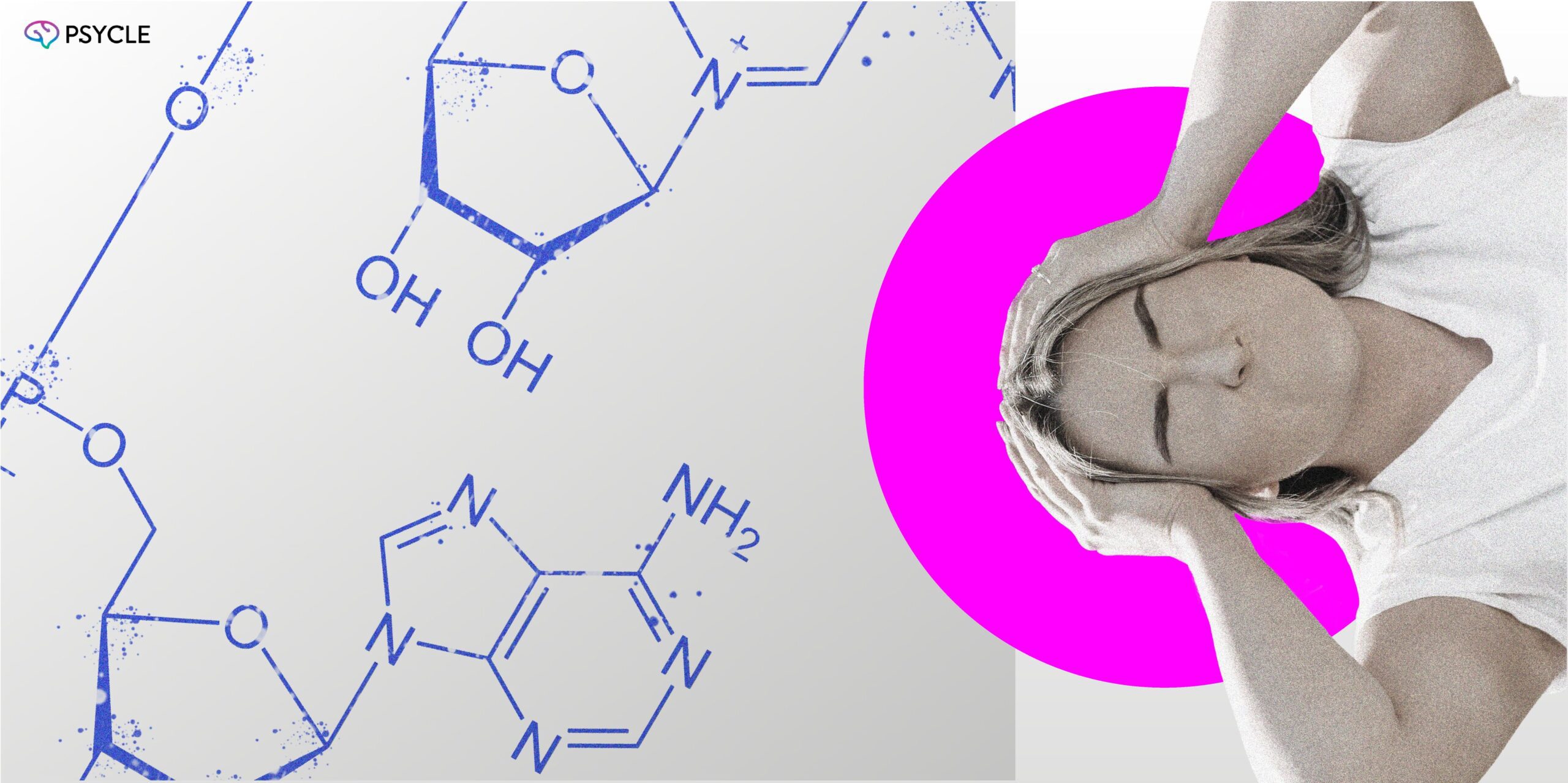If you suffer from migraines, you know how debilitating they can be. The throbbing pain, nausea, and sensitivity to light can leave you feeling helpless and unable to function. However, recent research shows that there may be a promising new approach to managing migraines: NAD+ therapy.
NAD+ (nicotinamide adenine dinucleotide) is a molecule found in every cell of the body. It plays a crucial role in energy production, DNA repair, and overall cellular health. In recent years, researchers have discovered that NAD+ and its precursors—what your body uses to produce NAD—may also have a significant impact on migraines.
In this section, we will explore the potential connection between NAD+ and migraines. We will delve into the potential benefits of NAD+ therapy for migraine relief and discuss what you should know about this potential treatment option.
Key Takeaways
- NAD+ therapy may be a promising new approach to managing migraines.
- NAD+ is a molecule found in every cell of the body.
- NAD+ plays a crucial role in energy production, DNA repair, and overall cellular health.
- Recent research suggests that NAD+ may help manage migraines.
Understanding the Benefits of NAD+ Therapy for Migraines
Migraines are a debilitating condition that can significantly impact a person’s quality of life. While there are a variety of treatments available, not all individuals respond to traditional methods. This is where experimental treatment options such as NAD+ therapy hold great promise.
NAD+ therapy involves the administration of NAD+ (nicotinamide adenine dinucleotide), a coenzyme that plays a crucial role in various processes throughout the body.
The Potential Benefits of NAD+ Therapy for Migraines

Preliminary research has shown that NAD+ therapy may be beneficial for individuals who suffer from chronic migraines. However, it’s important to note that more clinical trials are needed, in larger populations, in order to understand how NAD+ therapy can help with migraines and other types of chronic headaches. Existing research is largely based on case studies and research with niacin, which the body can turn into NAD+.
In one case study, an 87-year-old woman reported a 50-year history of migraine. She received an NAD/lidocaine nasal spray and NAD+ sublingual lozenges over a three-month period. After one year, the woman had not reported a single recurring migraine. Another case study reported similar results: a 55-year-old man with migraine/cluster headaches received intranasal NAD+ and lidocaine over a four-week period. At the one-year follow-up, the man showed significant improvements and no longer needed headache medications.
Existing research with niacin, a NAD+ precursor, suggests that niacin may help prevent tension-type headaches by promoting mitochondrial energy metabolism and blood flow. Niacin supplementation may be particularly helpful among people who don’t consume adequate niacin in their diet, according to a cross-sectional study analyzing data from over 10,000 participants.
Studies have also suggested that NAD+ therapy may help to regulate mitochondrial function, which is critical for energy production in cells. This is important because mitochondrial dysfunction has been linked to migraines.
In addition to these benefits, NAD+ therapy may improve cognitive function and increase physical energy. This is particularly helpful for individuals who experience fatigue or brain fog as a result of their migraines.
Implementing NAD+ for Migraine Management
Now that we understand the potential benefits of NAD+ therapy for migraines, it’s important to discuss how to implement it for migraine management. This is an experimental treatment, so it’s a good idea to talk to your healthcare provider ahead of time.
The most common method of administering NAD+ therapy is through IV infusion. This allows for the NAD+ to be quickly absorbed into the bloodstream and delivered to the brain, where it can have the most significant impact on migraine symptoms. The frequency of NAD+ therapy sessions varies depending on the severity of the migraines, but typically can range from one session per week to multiple sessions per week.
It’s important to note that NAD+ therapy should always be administered by a licensed medical professional in a clinical setting. Precautions should be taken for individuals with certain medical conditions, such as kidney or liver disease, as NAD+ therapy may exacerbate these conditions.
When used as a part of a comprehensive migraine management plan, NAD+ therapy can provide significant relief for individuals suffering from migraines. It’s important to discuss with your healthcare provider if NAD+ therapy is a suitable treatment option for you.

NAD+ and Migraines: An Experimental Approach
The connection between NAD+ and migraines is an area for future research. Case studies and preliminary research into niacin for chronic headaches suggest that NAD+ therapy may be an alternative treatment for individuals suffering from migraines.
NAD+ therapy can be administered in various ways, such as an IV or nasal spray. But as with any new treatment option, consult with a healthcare professional before starting NAD+ therapy for migraines. They can help to determine the optimal course of treatment and identify any potential risks or considerations.
FAQ
What is the Potential Connection Between NAD+ and Migraines?
NAD+ therapy may help manage migraine headaches, although the connection between NAD and migraine relief isn’t fully understood.
What are the Benefits of NAD+ Therapy for Migraines?
NAD+ therapy may promote mitochondrial health and improve blood flow and blood pressure—benefits that may help provide relief from migraine symptoms.
How Can NAD+ Be Implemented for Migraine Management?
NAD+ can be implemented for migraine management through various methods of administration, ranging from nasal sprays to oral doses. The frequency of NAD+ therapy may vary depending on individual needs and should be discussed with a healthcare provider. It is important to consider any precautions or considerations when using NAD+ for migraine management.
Is the Connection Between NAD+ and Migraines Promising?
Yes, the connection between NAD+ and migraines holds great promise, particularly because migraine sufferers may not respond to conventional forms of treatment. However, more research is needed to understand the link between NAD+ therapy and migraines.

